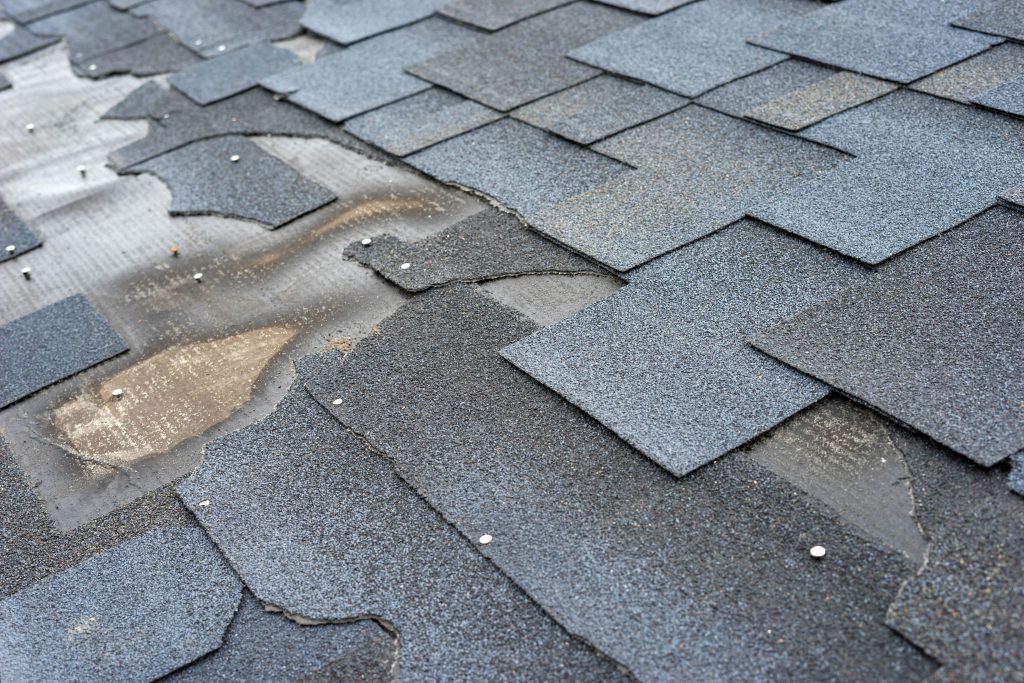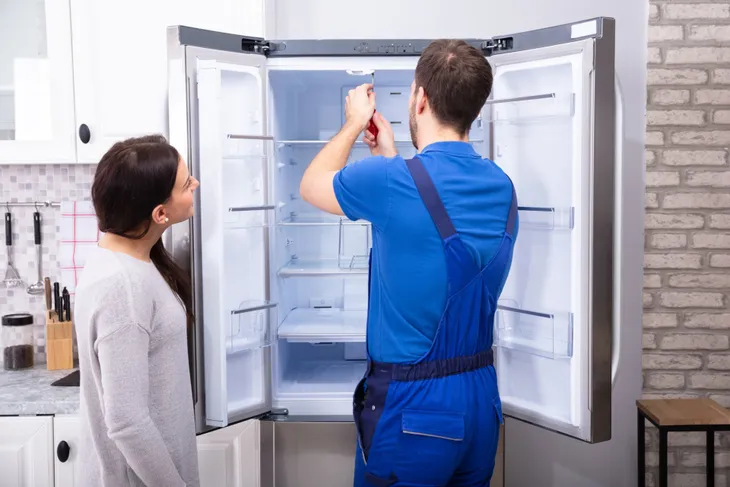As a Florida resident, you’re no stranger to the powerful storms that sweep through during hurricane season. But have you considered the hidden danger lurking above you? Roof collapses, often overlooked until it’s too late, can turn your home into a disaster zone. With older homes particularly susceptible due to outdated construction methods, the question isn’t if your roof could fail, but when. Are you equipped to spot the early warning signs and take action before catastrophe strikes? Understanding the structural vulnerabilities and taking preventive measures might just save you a world of trouble this hurricane season.
Causes of Roof Collapses
Roof collapses during hurricane season are often the result of several contributing factors that combine to create a perfect storm of vulnerabilities.
One major factor is the age and condition of your roof. Over time, wear and tear can weaken the structural integrity, making it more susceptible to damage during extreme weather conditions. If your roof has missing shingles or damaged flashing, it can easily become compromised when heavy winds and torrential rains hit.
Another significant cause is poor construction practices. If your roof wasn’t built to withstand the specific demands of your region’s climate, it might fail under the pressure of a hurricane. Materials that aren’t designed for high wind speeds or improper installation can lead to catastrophic failures.
Additionally, inadequate maintenance plays a critical role. If you haven’t regularly checked and repaired minor issues, they can quickly escalate into major problems when a storm arrives.
Tree branches hanging over your roof can also be a hazard. During a hurricane, these branches can break off and crash into your roof, causing significant damage or even collapse.
Warning Signs to Watch
Awareness of potential warning signs is key to preventing roof collapses during hurricane season. Start by examining your ceiling for any sagging or bulging areas. These can indicate structural stress or water accumulation, both of which compromise your roof’s integrity.
If you notice any visible cracks, especially around joints and seams, it’s time to take action. Cracks often signify that the roof is struggling under pressure, which could lead to a collapse.
Also, pay attention to unusual sounds like creaking or popping. These noises can mean that your roof’s structure is shifting, which is a serious red flag.
Don’t ignore water stains on your ceiling or walls. They can be early indicators of leaks that weaken your roof over time.
Check your attic for daylight peeking through the roof boards, which can suggest gaps that need immediate attention.
Outside, look for missing or damaged shingles. Shingles act as your roof’s first line of defense against the elements, and missing ones can expose your roof to further damage.
Impact on Older Homes
Older homes often face a higher risk of roof collapses during hurricane season due to their age and potentially outdated construction methods. If you live in an older house, you’re likely dealing with materials that may have weakened over time.
The roofing materials used decades ago mightn’t meet today’s standards for hurricane resistance, making them more vulnerable to high winds and structural stress.
You should also consider the design and structural integrity of your home. Construction techniques have evolved, and older homes mightn’t have the reinforcement features that newer buildings incorporate.
Roof trusses, for example, mightn’t be as robust, increasing the likelihood of failure during severe weather.
Examine your roof for any visible signs of wear and tear. It’s essential to catch these issues early.
Look for missing shingles, sagging areas, or any signs of water damage. These can indicate a weakened structure that needs immediate attention.
Don’t wait until hurricane season is in full swing; proactive maintenance can save you from costly repairs or even a catastrophic collapse.
Effects of Heavy Rains
While older homes face unique challenges during hurricane season, another significant threat comes from heavy rains that accompany these storms. You mightn’t realize it, but your roof can only handle so much water before it starts to struggle.
When torrential rains pour down, they can overwhelm the drainage systems of your roof, leading to pooling water. If your roof isn’t adequately sealed or maintained, water can seep through, causing structural damage and weakening the support beams.
You should also be aware that constant exposure to heavy rains can erode roofing materials over time. Shingles might loosen or even fall off, leaving your roof vulnerable to leaks. It’s essential to inspect your roof regularly, ensuring no areas have suffered damage or wear.
Additionally, if your gutters or downspouts are clogged, rainwater can’t flow off the roof efficiently. This can result in water backing up and penetrating your roof’s underlayment.
To protect your home, clean your gutters before hurricane season and consider installing gutter guards to prevent debris buildup. By staying vigilant, you can reduce the risk of roof collapse due to heavy rains during hurricane season.
Wind Damage Considerations
Hurricane season’s fierce winds present a formidable challenge to your home’s roof, demanding your attention and preparedness. When those winds howl, they don’t just threaten to rip shingles away—they can also compromise the entire structure. Your roof takes the brunt of these gusts, so it’s essential to guarantee it’s up to the task.
Start by checking the roof’s materials; weaker materials stand little chance against Florida’s notorious windstorms. Secure any loose shingles or tiles, as they can become dangerous projectiles. Even small gaps can let wind penetrate and lift the roof, leading to catastrophic failures.
Invest in wind-resistant materials if you’re considering a roof upgrade. They’re designed to withstand higher wind speeds, providing an added layer of protection.
Don’t underestimate the power of wind-driven debris. Trim trees and remove loose items like lawn furniture or garden tools that could crash into your roof, causing further damage.
While you’re at it, check the roof’s fastenings. Reinforce them if necessary to keep everything tightly in place. By addressing these considerations, you greatly reduce the risk of water, wind and storm damage, keeping your home safer and more secure during hurricane season.
Importance of Regular Inspections
Your home’s resilience during hurricane season heavily depends on the condition of your roof, making regular inspections a crucial preventive measure. By inspecting your roof frequently, you can identify minor issues before they escalate into major problems during a storm. Small leaks, loose shingles, or weakened flashing can lead to significant damage if left unchecked. An experienced inspector can spot these vulnerabilities early, saving you time, money, and stress when a hurricane strikes.
Taking action now can prevent costly repairs later. Regular inspections help you maintain your roof’s integrity, ensuring it withstands high winds and torrential rain. It’s important to schedule inspections at least twice a year, ideally before and after hurricane season. This proactive approach allows you to address any concerns promptly, reinforcing your roof’s ability to protect your home.
Don’t underestimate the power of preventative maintenance. Investing in regular inspections not only safeguards your property but also provides peace of mind. You’ll sleep better knowing your roof is prepared to weather the storm.
Prioritize these inspections and work with a qualified professional. Your home, family, and finances will be better protected against the hidden dangers of hurricane season.




